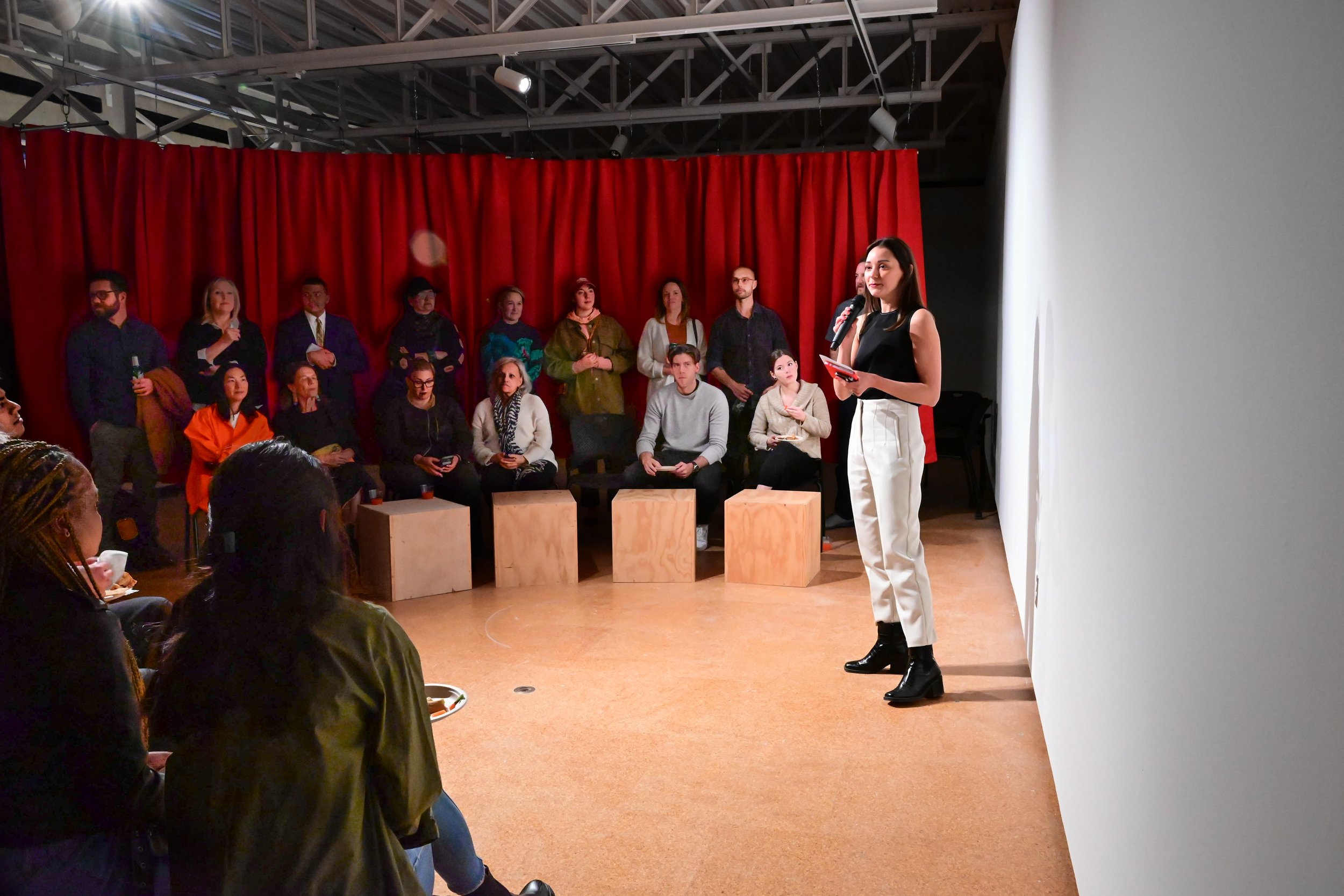In addition to contributing to the discipline of architecture through practice, Lindsey is the Associate Dean of Academic Affairs & Strategic Initiatives; Director of the Kibel Gallery; and an Associate Clinical Professor with the University of Maryland’s School of Architecture Planning and Preservation.
Her teaching experience spans design studios, masters thesis, seminars, and lectures. With a career spanning academic leadership, architectural education, and interdisciplinary research, Lindsey has played a key role in shaping innovative pedagogy and expanding strategic initiatives.
A dedicated educator and curriculum innovator, Lindsey has developed and led courses that bridge academia and practice, including “Design Thinking with AI”, “Writing Architecture in Practice”, and various special topics studios. Her teaching excellence has been recognized with the Dean’s Award and Outstanding Educator Award from the School of Architecture, Planning & Preservation.
Over the last 9+ years, Lindsey has held multiple leadership positions, including Director of the Construction Project Management Minor and Assistant Director of the Architecture Program. At present, her academic research focuses on integrating emerging technologies, such as artificial intelligence, into architectural education and design thinking, evidenced by the $50,000 Teaching and Learning Transformation Center Grant awarded in 2024 to Lindsey and her collaborators Britt Williams and Michael Ezban for research on AI and design thinking.
Beyond the classroom, Lindsey actively contributes to architectural discourse through conferences, symposia, and exhibitions. Their research on AI and design thinking will be presented by Lindsey and her research team at the 2025 ARCC International Conference The team cohosted the AI and Design Thinking Symposium. Lindsey has also been invited to speak at esteemed forums, including the Architectural League of New York and the Ideas City Festival.
With a passion for advancing architectural pedagogy and fostering interdisciplinary collaboration, Lindsey continues to explore the intersection of design, technology, and education—pushing the boundaries of how architects engage with the built environment and emerging digital tools.
-
current
Clinical Associate Professor, Architecture Program, University of Maryland, 2023 - Present
Associate Dean of Academic Affairs and Strategic Initiatives, School of Architecture Planning & Preservation, University of Maryland, June 2022 - Present
Director, Kibel Gallery, School of Architecture Planning & Preservation, University of Maryland, June 2022 - Present
past
Clinical Assistant Professor, Architecture Program, University of Maryland, 2020 - 2023
Assistant Director, Architecture Program, University of Maryland, 2020 - 2022
Interim Assistant Director, Architecture Program, University of Maryland, 2019 - 2020
Lecturer, Architecture Program, University of Maryland, 2016 - 2020
-
Winner, Architect + Educator Award, American Institute of Architects (AIA), DC Chapter, 2020
Inaugural recipient of award recognizing accomplishments and contributions in practice and in teaching & academic leadership.
Dean's Award, School of Architecture, Planning & Preservation, University of Maryland, 2020
Award recognizing significant contributions to the School of Architecture, Planning, and Preservation. Awarded by the Dean of the School.
Outstanding Educator Award, School of Architecture, Planning & Preservation, University of Maryland, 2020
Award recognizing significant contributions to teaching in the Architecture Program. Awarded specifically for leadership and impact in the emergency transition to online learning during the first year of the COVID pandemic.
-
information coming soon
-
information coming soon
-
information coming soon


